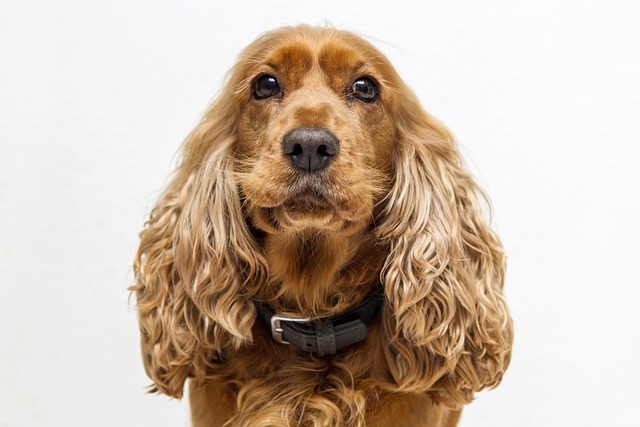How to discipline a dog that doesn’t come when called? It’s a frustrating scenario many dog owners have faced, watching their furry friend ignore commands while chasing a squirrel or playing with another pup. But discipline isn’t about scolding; it’s about building trust and communication.
In public spaces, leash laws exist for a reason. If your dog consistently ignores recall commands, letting them off - leash can lead to fines or even legal trouble if they cause harm or disturbance. Plus, an unreachable dog is at risk of running into traffic or encountering dangerous wildlife.
Start by understanding why your dog isn’t coming. Is it distraction? Fear? Or simply a lack of proper training? Puppies and young dogs might be too excited to focus, while older dogs could be dealing with hearing loss or joint pain. Identifying the root cause is key.
Positive reinforcement is your best tool. Instead of punishment, reward your dog with high - value treats, like small pieces of cooked chicken or cheese, when they come to you. A joyful “good boy/girl!” and enthusiastic petting work wonders too. Make coming to you the most exciting thing in their world.
 Begin training in a quiet, low - distraction area. Call your dog’s name in a cheerful tone, and when they turn towards you, use a short, clear command like “come.” As soon as they reach you, shower them with rewards. Gradually increase distractions as they get better at responding.
Begin training in a quiet, low - distraction area. Call your dog’s name in a cheerful tone, and when they turn towards you, use a short, clear command like “come.” As soon as they reach you, shower them with rewards. Gradually increase distractions as they get better at responding.
Avoid using your dog’s recall command in negative situations. Don’t call them over just to clip on a leash for a bath or a vet visit. If they associate “come” with something unpleasant, they’ll start avoiding it. Keep the command positive and fun.
Long - line training can be a game - changer. Attach a 15 - 30 foot long, lightweight leash to your dog’s collar. This gives them freedom while still allowing you to gently guide them back if they start to wander off. It’s a great way to practice recall in a controlled environment.
Group training classes or working with a professional dog trainer can also be incredibly helpful. Trainers have the expertise to tailor a plan to your dog’s specific needs and can teach you advanced techniques. Many local animal shelters or pet stores offer affordable training options.
Consistency is crucial. Every family member should use the same command and reward system. If one person scolds when the dog doesn’t come and another laughs it off, your dog will be confused. Stick to the training plan, and be patient – it takes time for new behaviors to stick.
Remember, a well - trained recall isn’t just about obedience; it’s about keeping your dog safe and ensuring harmonious interactions with others. With patience, positive reinforcement, and consistent practice, you can transform your dog from a runaway into a reliable companion who comes running every time you call.

 Begin training in a quiet, low - distraction area. Call your dog’s name in a cheerful tone, and when they turn towards you, use a short, clear command like “come.” As soon as they reach you, shower them with rewards. Gradually increase distractions as they get better at responding.
Begin training in a quiet, low - distraction area. Call your dog’s name in a cheerful tone, and when they turn towards you, use a short, clear command like “come.” As soon as they reach you, shower them with rewards. Gradually increase distractions as they get better at responding.



